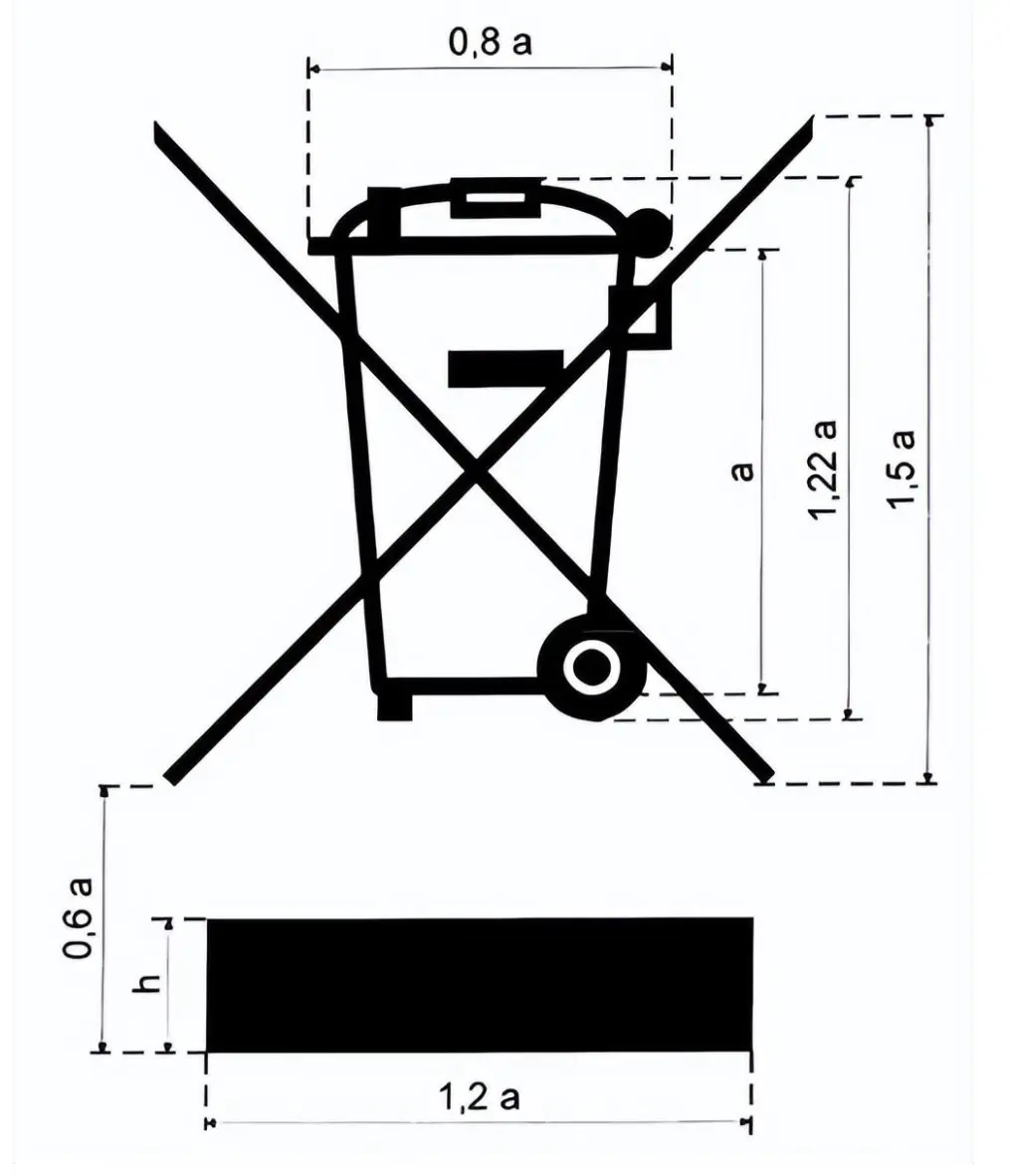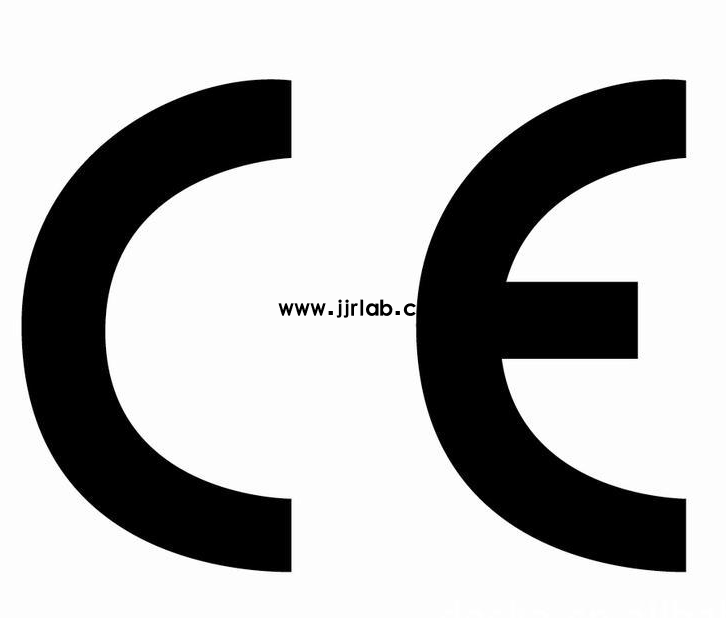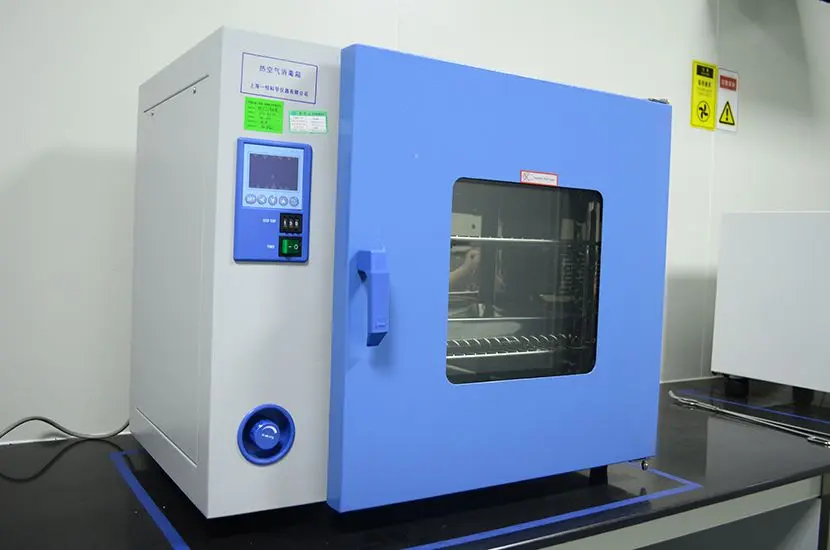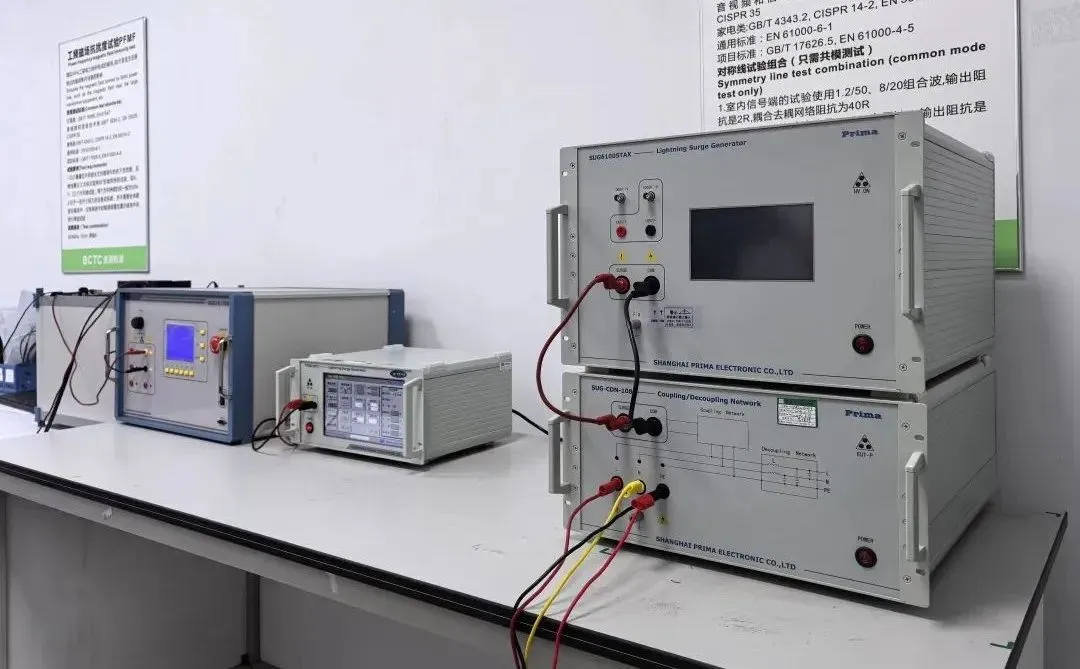
EU WEEE Directive Complaint Analysis
Overview of the WEEE Directive
The WEEE (Waste Electrical and Electronic Equipment) Directive is a regULation set by the European Union in 2002 (2002/96/EC) to govern the recycling and disposal of waste electrical and electronic equipment.
According to the German ElectroG regulation issued on March 16, 2005, all electronic products sold within the EU must be registeRED for recycling. Local governments have established recycling companies to manage the eco-friendly disposal of electronic products. Additionally, if a company goes bankrupt or recalls a product, it still holds responsibility for the future disposal of those products.
After merchants sign a contract with a recycling company, the company will be responsible for processing electronic waste. Once the information is submitted to the local authorities for review, they will issue a WEEE-Reg-Number.
Importance of weee registration
If selling electronic products in EU countries, sellers must register for WEEE, especially on platforms like Amazon. Amazon strictly enforces WEEE registration requirements. Unregistered products will be removed from the platform, and sellers may face product removal complaints.
Obligations of Manufacturers
All manufacturers must fulfill the following obligations:
1. Establish a branch or appoint an authorized representative in each EU member state/region responsible for managing the waste disposal of electronic equipment.
2. Register each product type and brand with the local electrical and electronic equipment waste management authority.
3. Provide a financial guarantee to demonstrate that funds are available for the proper disposal of all electrical and electronic waste (in certain member states/regions, this may be replaced by joining a waste management fund, purchasing recycling insurance, or providing a dedicated bank account).
4. Report the quantity of products placed on the market, imported goods, and products collected from buyers.
5. Label all electrical and electronic products with a permanent, non-fading mark, including the “do not dispose of in the trash” symbol and a date stamp (according to EN50419).
6. Include manufacturer information on products.
7. Provide relevant information to recyclers and environmental workers (via manual or digital media).
8. Provide relevant information to buyers about waste disposal.
9. Offer recycling services.
WEEE Registration Number Usage Rules
The WEEE registration number corresponds to a store/website. Each store can have only one registration number, and one registration number can only correspond to one store. Even if a company operates multiple stores, each store must register for WEEE separately. In other words, WEEE registration numbers cannot be shared.
Categories of Electronic Products
The WEEE Directive outlines several categories of electronic products, including:
1. Heat exchangers
2. Display devices for private households
3. Lamps/gaseous discharge lamps
4. Large household appliances
5. Small electrical and electronic devices
6. Small IT and telecommunications equipment
Common Product Categories Sold by Sellers
Most products sold by sellers fall under the category of "Small Electrical and Electronic Devices," accounting for over 80%. These include:
LED flashlights, LED light strips, wake-up lights, makeup mirrors, cameras, alarm clocks, toys, adapters, kitchen scales, drones, pet electronics, tire pressure monitors, wireless chargers, travel chargers, data cables, HDMI switches, hoverboards, electric mosquito swatters, speakers, headphones, night lights, curling irons, electric toothbrushes, electric razors, vacuum cleaners, mosquito killers, Bluetooth thermometers, etc.
Information Required for WEEE Registration
When registering for WEEE, sellers need to provide the following documents:
1. Application form
2. Business license
3. Product images with brand logo
Note: Product samples are not required for WEEE registration.
WEEE Registration Process
1. Submit the required documents.
2. Sign the authorization letter.
3. Obtain a registration ID and capture a screenshot from the German official website.
4. Wait for 8-12 weeks. After EAR (ElectroG) review, the WEEE registration number will be issued. Sellers can verify the registration number on the official German EAR website.
Labeling Requirements
According to the ElectroG directive, the WEEE directive requires both registration and labeling obligations. All electrical and electronic products sold in Europe after August 1, 2005, must comply with EN 50419 recycling labeling standards. The label must include manufacturer information and the date of sale, and meet recycling requirements.
weee labeling Requirements:
- The black solid line must be used together with the trash bin symbol and the cross-out mark, without any additional symbols inside.
- The minimum font size for the text and information on the label must be no less than 7mm.

WEEE Complaint Process
1. WEEE Product Removal Email Example
Dear Seller,
We have received a complaint regarding your product, which does not comply with Article 2013 ("WEEE ordinance") of the abandoned electrical and electronic equipment regulations.
If a seller’s product is removed for not being registered under WEEE, they should file an appeal after receiving the certificate through the appeal portal.
2. WEEE Appeal Portal and Key Points for Appeal
When appealing, ensure the following information matches:
- Product category, company information, and brand on the certificate must match the information on Amazon.
- The WEEE registration number must be visible on the Amazon page.
- Products and inventory must be correctly labeled.
- Avoid submitting appeals repeatedly to prevent the appeal portal from being closed.
Email:hello@jjrlab.com
Write your message here and send it to us
 European Authorized Representative for Medical Dev
European Authorized Representative for Medical Dev
 Low Voltage Testing Services
Low Voltage Testing Services
 Constructive Playthings Foam Block Toys Safety Sta
Constructive Playthings Foam Block Toys Safety Sta
 Prop 65 Textile Testing
Prop 65 Textile Testing
 Environmental Testing for Electronic Products
Environmental Testing for Electronic Products
 Food Packaging Testing Laboratories
Food Packaging Testing Laboratories
 What is CE Certification for Electrical Equipment?
What is CE Certification for Electrical Equipment?
 Requirements for EAC Declaration of Conformity (Do
Requirements for EAC Declaration of Conformity (Do
Leave us a message
24-hour online customer service at any time to respond, so that you worry!




